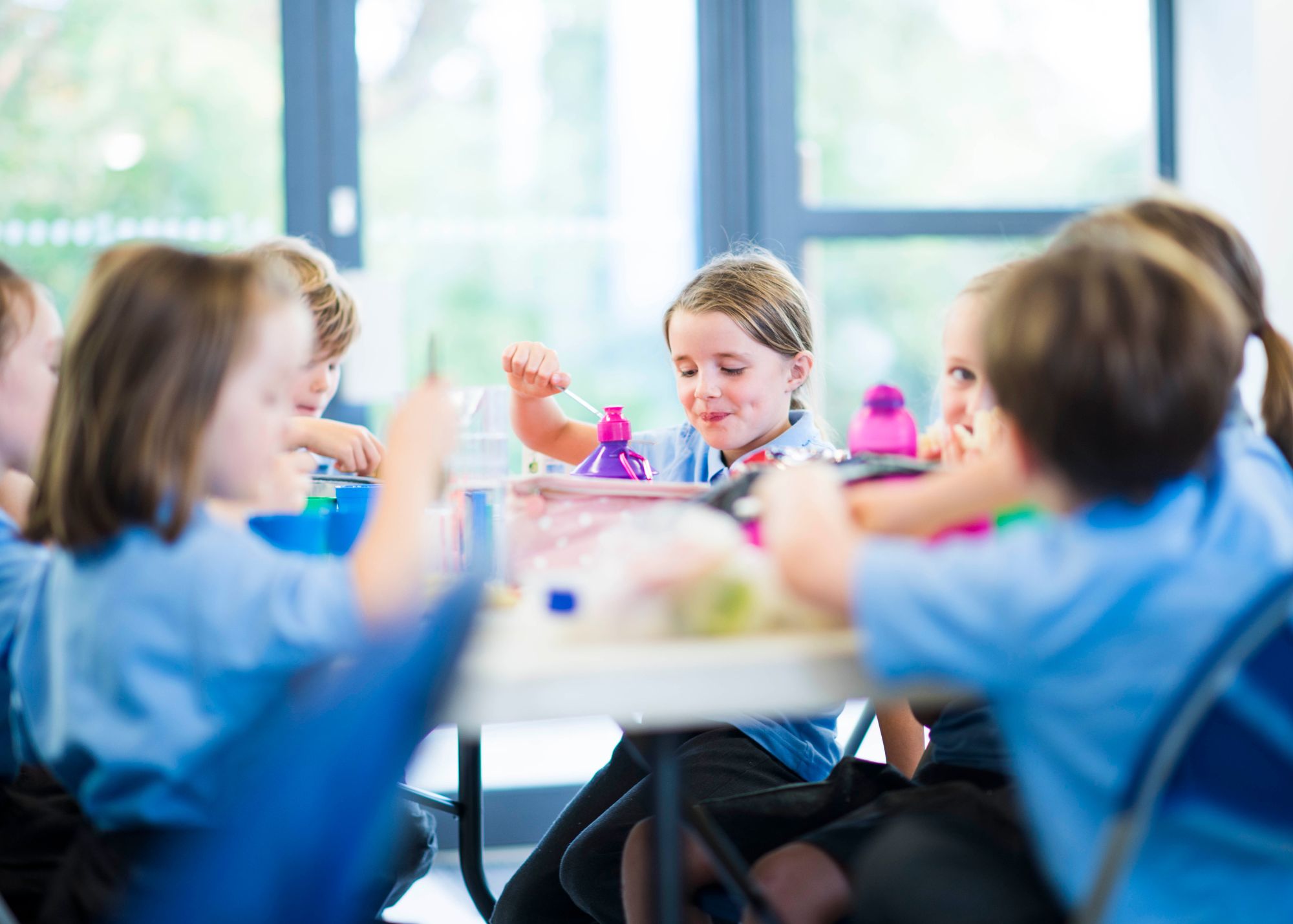Lunch box etiquette

Children’s eating habits are shaped from a young age and usually stay with them into adulthood. These habits are formed in a range of settings, starting in the home and extending to places such as the classroom.
As teachers, it is important to be mindful of the way the topic of food is approached in the classroom, as well as during less structured breaks such as recess and lunch.
You can help children establish a positive attitude toward food and shared meals at school by adopting these simple strategies below.
Encourage students to eat with their peers
Try to avoid situations where students are eating alone or away from their friends. We know that children observe and mimic the world around them and this is even more relevant when it comes to food behaviour. Eating with peers helps encourage children to try new things as they gain more exposure to different foods. When children eat alone they can be missing out on valuable social interactions, which can make them feel lonely and develop a negative association with mealtimes.
Focus on the shared space, not the food they are eating
Avoid drawing too much attention to the range of foods that are eaten by students. Instead, try talking about the lovely sound of hungry tummies, how great it is to share a meal with friends or the importance of fuelling your body for an afternoon of learning. Most importantly, keep the comments general in nature. When a child’s food is singled out, they can feel ashamed and less likely to comfortably eat their meal around others.
Allow children to determine when they have had enough food
Not all children need the same amount of food each day, or even from one day to the next. Whilst we want children to be fuelled up for school, encouraging them to finish what’s in their lunchbox or continue eating after they signal feeling full can interfere with their ability to regulate their own appetite. Having a set time where children are expected to eat their food is a good way to prioritise eating, without adding pressure or stress to the experience. As children grow, they learn to eat more efficiently and will benefit from being granted the space to learn how much food is enough for their body.
For more advice on how to pack healthy lunchboxes and keep young bodies energised visit www.crunchandsip.com.au/healthy-lunchboxes